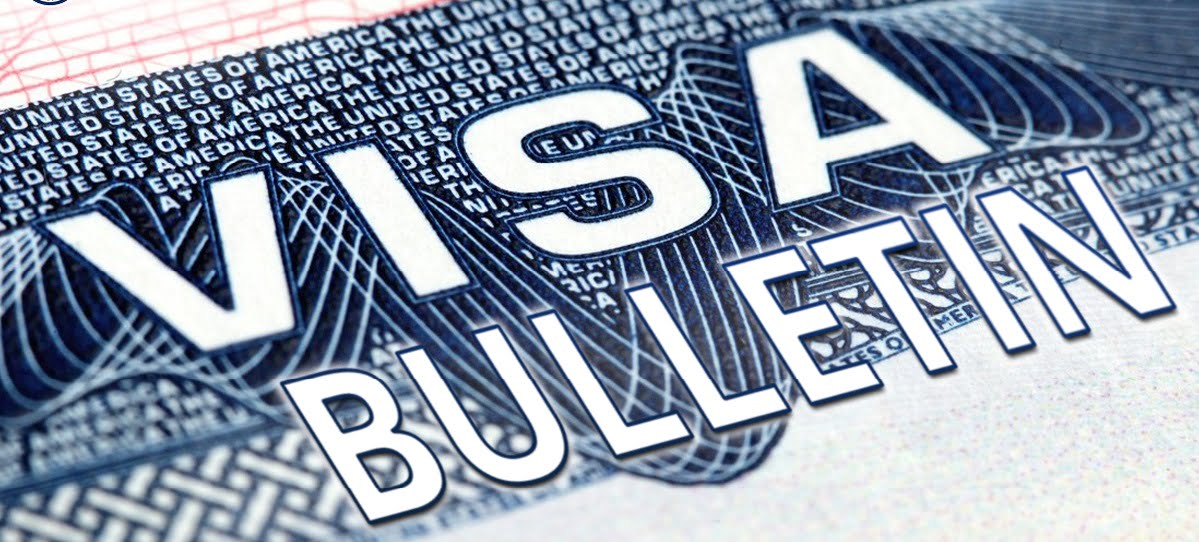RFE – what does it mean?
RFE is an abbreviation for “Request for Evidence” and as the name suggests, it is a request for additional documentation in support of your case. This means that the USCIS examiner reviewing your application needs more information before making a final decision. Your case could be denied if you don’t offer up what USCIS wants. In this article, you will find tips on how to create a winning RFE response for USCIS.
What do we find in an RFE?
As previously mentioned, an RFE is a written request submitted by USCIS that follows a template and includes references to the regulations and evidence submitted, in which USCIS requests additional information and/or documentation regarding the request. This does not mean that the request has been denied, but rather that there is a need to clarify certain relevant facts.
The RFE consists of 5 components: the facts of your case, the applicable law under which the documentation is requested, a list of evidence that was previously submitted to USCIS with your original application, a list of evidence that USCIS believes is missing, and a deadline for responding to the request with an explanation of the consequences of not submitting it.
In general, it is always a good idea to double-check the list of submitted evidence with the list of missing evidence, as it can often be a matter of USCIS overlooking some document that has already been submitted. It is usually a good idea to just resubmit the requested evidence.
Please remember that USCIS must receive your response before the deadline. If you do not respond by this date, USCIS will make a decision on your case without the additional information you requested which will most likely result in denial. It is therefore extremely important that you meet the deadline.
It is also important to mention that in the required evidence section, USCIS often lists alternative documents that you can submit. It is recommended that you seek the services of an experienced immigration team to ensure that any alternative documents you wish to submit are in compliance with USCIS requirements and practices.
Most common reasons for RFE
Unfortunately, there is no completed catalog of reasons why we receive RFEs. Below we have compiled the most common reasons, which include:
- Failing to file all required documents with your application;
- Failure to provide persuasive evidence of Petitioner’s good standing with your application;
- Failure to adequately address a legal issue about the benefit you are applying for;
- Failure to translate non-English documents into English;
How to respond to RFE?
The first crucial step in responding is to carefully read the entire RFE. You usually only receive the RFE once, which means you only have one chance to answer all of the USCIS officer’s remaining questions about your application. The next step will be to look at the full original application package that you submitted. It could be that USCIS officials are mistakenly asking for information that you have already provided.
Step 1 – Copy
Make a copy of the RFE notice when you receive it. This should be the first thing, in the interest of having the document for your own reference. In order for USCIS to properly process your request, you will need to include the original RFE notice with your response.
Step 2 – Preparing Evidence
You must gather all the materials required by USCIS that constitute evidence. The general rule about evidence is very simple: the more evidence, the better. However, it is worth remembering a few general rules. Include the RFE at the top of your petition, follow the order of the subject headings in the RFE by analogizing the evidence, state the issue cited by USCIS and then your response, and remember to number the pages.
For a good answer to USCIS, it is worthwhile for you to take a look at the extensive case law. It is important that you keep in mind the very important issue of the standard of proof. In line with the Policy Memorandum, Requests for Evidence and Notices of Intent to Deny, File No. PM-602-0085 (June 3, 2013), the applicable standard of proof is a preponderance of the evidence. In the opinion of the office “under that standard, the individual must prove it is more likely than not that each of the required elements has been met.” Also relevant are the rules in the USICS Policy Manual, where it is stated that “approval or denial of a petition must be based on the type and quality of evidence that is submitted rather than assumptions about the failure to address different criteria.” As you can see from the examples above, it is quite important to prepare all materials diligently. because USCIS places great importance on the quality of the evidence presented.
Options once USCIS issued the RFE Response – Withdrawal, Response, or No Response.
There are generally two types of response – a full response or no response.
1. Full response
In your complete response, you attach all the evidence USCIS has asked for. Of course, you may attach more materials than those listed.
2. No Response
Naturally, you can opt-out of responding to the RFE. If you do not respond or are unable to respond by the deadline, USCIS will do one of two things:
- it will determine that you have abandoned the case and issue a denial;
- it will process the case without the required evidence, which most often leads to a denial.
Neither of these options is favorable, so if you don’t plan to respond to the letter, it’s worth thinking about whether it’s better to withdraw your application by contacting a USCIS officer.
Remember, you only have one chance to respond to an RFE to USCIS! So make sure you include all the evidence you want USCIS to consider in your response to the RFE. You cannot respond to an RFE by sending evidence to USCIS in different parcels – you must submit all the evidence in one package.
How long will USCIS take to process my RFE?
Once USCIS receives the response they will start working on the case again. If your case is in Premium Processing, you should expect the final decision within 15 calendar days. If the petition was filed in standard processing there is no deadline but it usually takes USCIS 2-5 months to adjudicate the case. Remember, you can track the status of your application using the Case Status Tracking Tool on the USCIS website.
Conclusion
An RFE is one more opportunity to show evidence that you qualify for the requested immigrant category. RFEs can be complicated, but working with a good immigration specialist can make the entire process much easier.
FAQs
What is RFE?
RFE is a Request for Evidence is a written request to provide missing or additional information or documentation to USCIS.What does an RFE look like? key parts of an RFE.
The RFE is based on a template and contains 5 parts: The Law – This is the beginning of each RFE and contains citations from statutes, regulations, and case law regarding the requirements underlying the visa category you have selected. Evidence Submitted – Another component of the RFE contains a summary of the visa petition with a reference to the evidence submitted to support our application. Explanation – This is the USCIS officer’s explanation of how we did not meet the legal requirements described in Part 1 of the RFE. Evidence Lacking – This is usually the longest part of the document. It lists the specific missing information and documents that USCIS still need. Response Deadline – The final, concluding part of the letter. It contains the most important information: the deadline and the mailing address for your response.What are the chances of approval after RFE?
There is never 100% certainty. If you attach all the necessary documents the chances are about 80%. In such cases, it is advisable to take the help of experts.How many RFEs can you get?
You will only receive an RFE once.What evidence to send to USCIS?
All documents the Officer asks for. Be sure they are in original form. When granting immigration benefits, officials must verify facts such as your marriage, birth, divorce date, as well as your criminal and employment history.How to assemble and submit your RFE response?
Read the letter carefully and complete all necessary documents. Be sure to respond by the deadlines and importantly send your response to the provided address. If you have any doubts, use the professional services.What USCIS will do with your application next?
After receiving your RFE response, USCIS may take up to 60 days to make a decision on your case.









